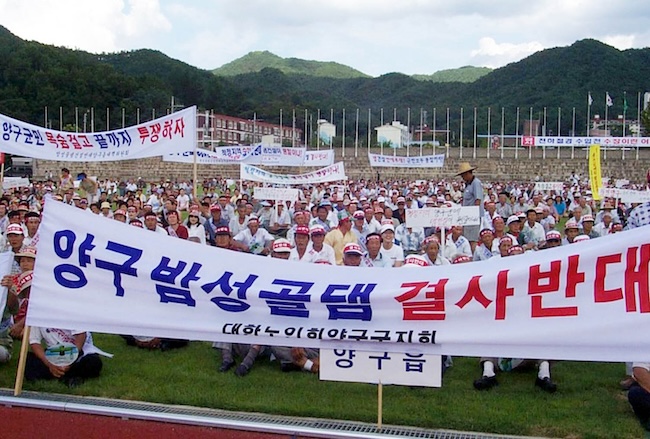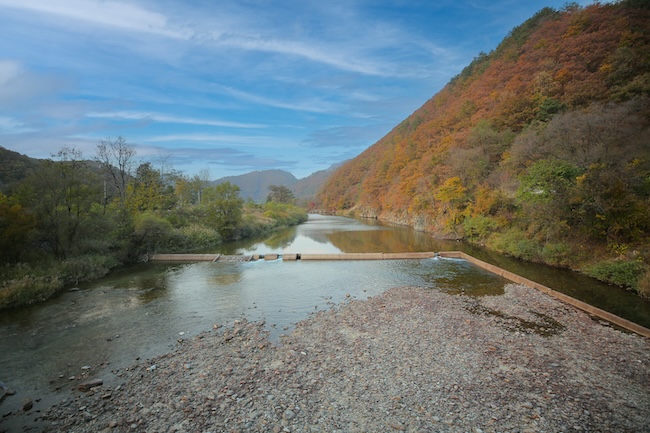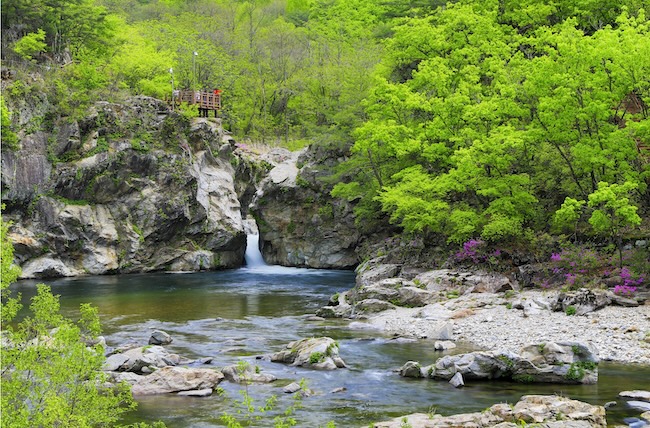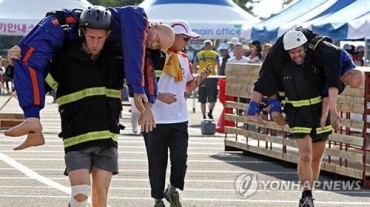YANGGU, Aug. 1 (Korea Bizwire) – In the tranquil town of Yanggu, nestled in the mountains of Gangwon Province, residents are once again grappling with the prospect of their homes being submerged.
The announcement of a new dam project has reignited a decades-old conflict, leaving many in this close-knit community feeling betrayed and powerless.
“I couldn’t sleep last night after hearing the news,” said Lee, a 58-year-old resident who asked to be identified only by their surname.
“Twenty years ago, we marched in the streets to oppose a dam above our village. Now, the nightmare is back, and I feel utterly hopeless.”
On July 30, the Ministry of Environment unveiled plans for 14 “climate response dams” across the country, aimed at mitigating flood and drought damage while meeting future water demand.
Among the proposed sites is the Suipcheon Stream in Yanggu’s Bangsan-myeon, a decision that has sparked immediate and fierce opposition from locals.
The area, which narrowly escaped inundation in 2001 when plans for the Bamseong Valley Dam were scrapped after intense protests, is now facing a similar threat.
The proposed dam would have a total storage capacity of 100 million tons, dwarfing the nearby Uiam Dam’s 8,000-ton capacity.
Local farmers argue that the project is unnecessary. “The Suipcheon Stream barely floods even during heavy rains,” said Hong, a 64-year-old farmer.
“A few years ago, when water reached the bridge pillars below Jikyeon Falls during a downpour, we still didn’t have flooding. It’s better to let the water flow to Paro Lake than to trap it above our village.”
Environmental concerns are at the forefront of the opposition. The Suipcheon Stream, part of the Dutayeon Valley, has been off-limits to civilians for over 60 years, preserving its pristine ecological state.
The area is home to rare flora and fauna from the Demilitarized Zone (DMZ) and serves as the largest habitat for the cherry salmon and long-tailed goral, both protected as natural monuments.
“The Suipcheon is the only north-south flowing stream in the Baekdudaegan mountain range,” a local official explained. “It’s a treasure trove of riverine wetlands, untouched by human interference. The dam project must be completely abandoned.”
The dam’s construction would potentially submerge approximately 100,000 square meters of farmland, along with homes, guesthouses, and warehouses near Mount Gobang. It would also destroy the habitat of endangered species and flood the thousand-year-old Duta Temple.

The area, which narrowly escaped inundation in 2001 when plans for the Bamseong Valley Dam were scrapped after intense protests, is now facing a similar threat. (Image courtesy of Yonhap)
For many in Yanggu, the proposal reopens old wounds. Two decades ago, residents formed an emergency committee, sent appeals to then-President Kim Dae-jung, and organized protests including head-shaving demonstrations, street marches, and public forums.
“Yanggu residents have already endured so much since the construction of the Soyang River Dam,” said Mayor Seo Heung-won. “If they had any consideration for our suffering, they wouldn’t even think of building another dam here.”
The Ministry of Environment plans to hold local briefings and public hearings starting next month to address residents’ concerns and communicate with relevant agencies.
Once consultations are complete, the ministry will reflect the dam candidates in the River Basin Water Resources Management Plan and proceed with feasibility studies and basic planning for each dam.
M. H. Lee (mhlee@koreabizwire.com)








